According to records, the price of live pigs today continues to decrease rapidly across the country. In the Central and Southern regions, the level of 62,000 VND/kg has returned to the market. It is necessary to build a green future for the Vietnamese livestock industry.
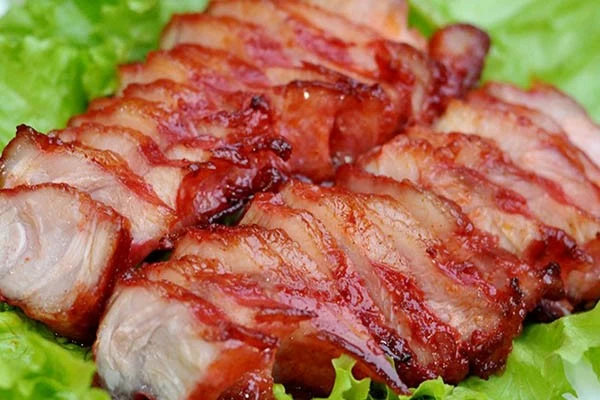 |
| Pig price today October 17: Continues to decrease rapidly; Building a green future for Vietnam's livestock industry. (Source: Chef Training) |
Pig price today October 17:
*Pig price in the Northern region:
The trading price of live pigs recorded a decrease of 1,000 - 2,000 VND/kg in most northern provinces and cities this morning.
Accordingly, in addition to Thai Nguyen, Thai Binh and Nam Dinh still maintain the price of 65,000 VND/kg, traders in the remaining localities are purchasing at 64,000 VND/kg.
*Pig price in the Central Highlands region
The Central Highlands region saw the same decrease in Dak Lak, Ha Tinh and Ninh Thuan .
Notably, the price of 62,000 VND/kg has appeared in Dak Lak . This is also the lowest price in the country. The price of live pigs in the remaining provinces fluctuates between 63,000 - 64,000 VND/kg.
*Pig price in the Southern region
The Southern market price decreased by 1 in Ben Tre and Tra Vinh. Currently, live pigs in this area are being bought and sold at around 62,000 - 65,000 VND/kg.
Of which, Ben Tre is the only province in the region recording a price of 62,000 VND/kg. On the other hand, Binh Phuoc, Dong Nai, Binh Duong, Tay Ninh, Ba Ria - Vung Tau and Ho Chi Minh City all buy and sell at 65,000 VND/kg.
*The livestock industry is growing rapidly but still lacks sustainability. Therefore, it is necessary to implement solutions for livestock to develop more stably and sustainably. Sustainability is the key to creating advantages for the Vietnamese livestock industry, this is also the way to build a green future for the Vietnamese livestock industry.
Mr. Thanawat Tiensin, Director of the Animal Health and Livestock Department of FAO, assessed that livestock production is a vital part of the agri-food system, providing essential nutrients and livelihoods for millions of people around the world. However, the livestock sector is facing a number of major challenges, including environmental degradation, biodiversity loss and climate change.
With the global population expected to grow to nearly 10 billion by 2050, demand for products such as meat, eggs and milk is expected to increase by 20% during that time. Sustainable livestock production involves activities that meet the demand for livestock for food while minimizing negative impacts on the environment.
“Sustainable livestock production promotes the long-term availability of agri-food systems, protects natural resources, enhances economic resilience and contributes to a sustainable and resilient future. It also increases productivity, reduces production costs and enhances market competitiveness, ultimately contributing to economic growth and rural development,” said Mr. Thanawat Tiensin.
FAO experts also assessed that to achieve higher productivity with lower impact, we must first prioritize improving the efficiency of livestock production systems. This involves optimizing feed conversion, reducing feed waste, improving nutrient use, minimizing land and water degradation, reducing greenhouse gas emissions and reducing environmental degradation. In addition, priority should be given to climate-smart livestock and agriculture practices.
Efficient manure management in livestock production can significantly reduce greenhouse gas emissions. Furthermore, integrating trees into livestock production systems through practices such as agroforestry can provide multiple benefits. Agroforestry systems that combine trees, forage crops, and livestock promote biodiversity and enhance carbon sequestration.
Source: https://baoquocte.vn/gia-heo-hoi-hom-nay-1710-tiep-tuc-giam-nhanh-can-xay-dung-mot-tuong-lai-xanh-cho-nganh-cattle-industry-viet-nam-290355.html


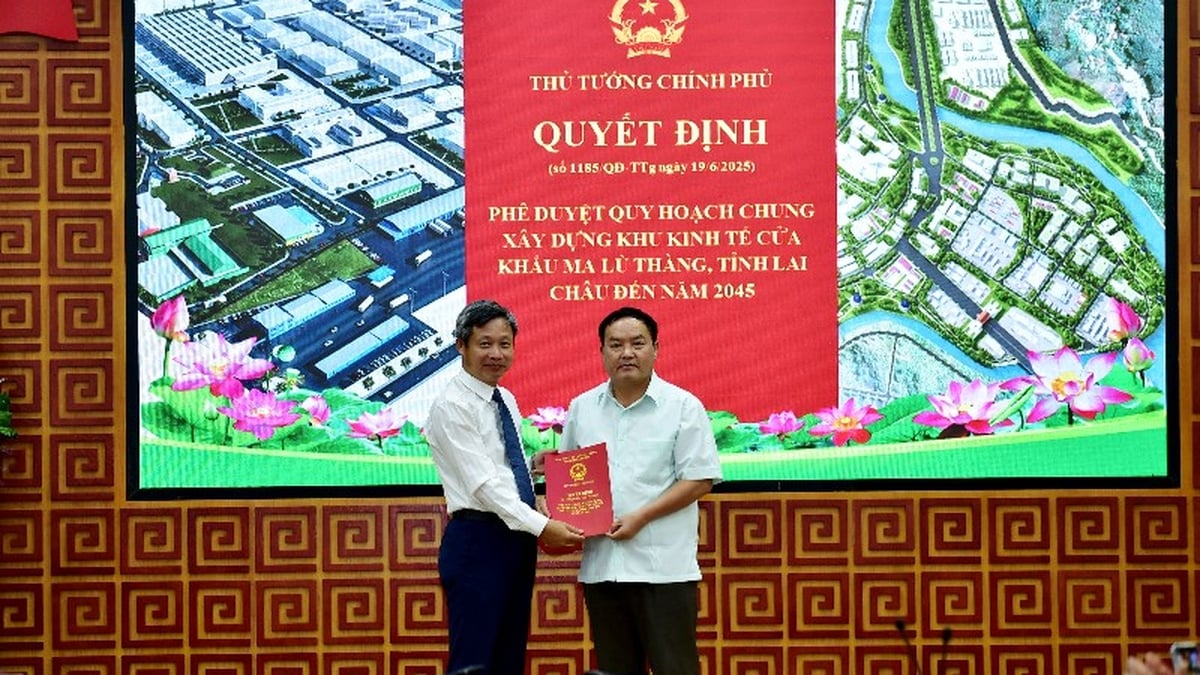


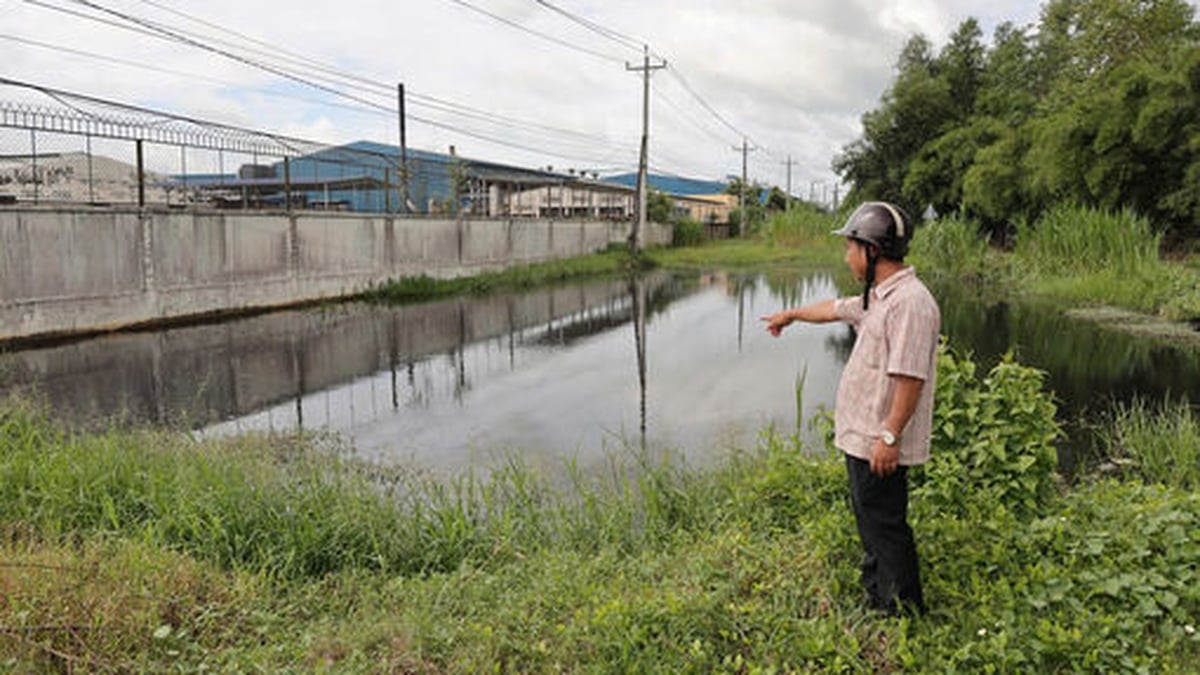
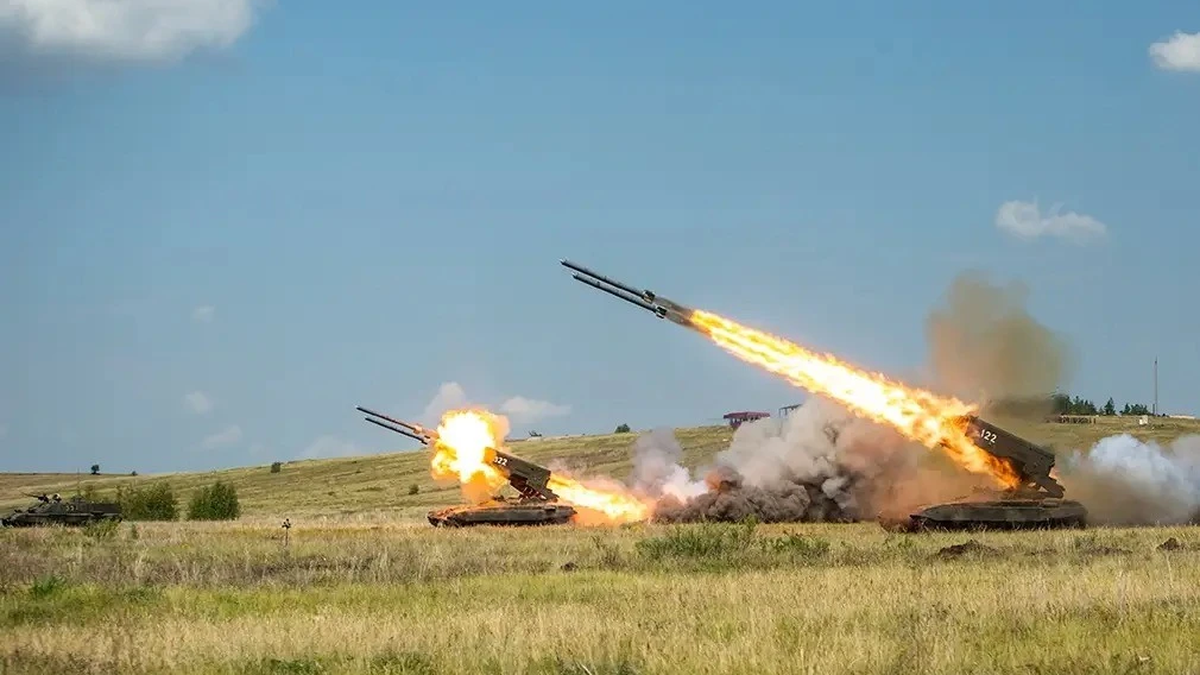





































































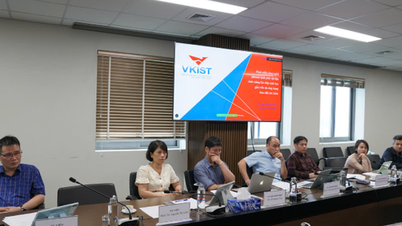
















![[Infographic] In 2025, 47 products will achieve national OCOP](https://vphoto.vietnam.vn/thumb/402x226/vietnam/resource/IMAGE/2025/7/16/5d672398b0744db3ab920e05db8e5b7d)





Comment (0)